PRL
-
Official Full Name
prolactin -
Overview
This gene encodes the anterior pituitary hormone prolactin. This secreted hormone is a growth regulator for many tissues, including cells of the immune system. It may also play a role in cell survival by suppressing apoptosis, and it is essential for lactation. Alternative splicing results in multiple transcript variants that encode the same protein. -
Synonyms
PRL;prolactin;decidual prolactin;Prolactin
Recombinant Proteins
- Sheep
- Human
- Mouse
- Bovine
- Rabbit
- Rhesus macaque
- Ovine
- Rat
- Chicken
- Zebrafish
- Pig
- Cattle
- Horse
- Sheep Pituitary
- E.coli
- Mouse
- Human Cells
- P.pastoris
- Mammalian Cells
- Insect Cells
- Yeast
- HEK293
- Murine C127 Cell
- Human Pituitary Gland
- Non
- His
- Strep II
- GST
- T7
- Flag
- Myc
- DDK
- Avi
- Fc
- mFc
- SUMO
Background
What is PRL Protein?
Prolactin (PRL) comes from the pituitary gland and is key for things like making milk, reproduction, and how the immune system reacts. It connects to the prolactin receptor (PRLR) on cells to do its job. The hypothalamus manages its release, and it’s been linked to cancers in areas like the breast, prostate, and ovaries. Additionally, PRL serves as a biomarker for assessing disease stages and treatment responses in non-cancer conditions. In drug development, PRL’s interaction with proteins like growth factors can indicate a drug’s effectiveness on target organs, making PRL an important tool in biology and medicine.What is the Function of PRL Protein?
Prolactin (PRL) is a hormone made by the pituitary gland that connects with its receptor, PRLR, to switch on the JAK2/STAT5 signaling pathway. This interaction is key to things like reproduction, breast development, lactation, immune system tweaks, behavior changes, keeping metabolism in check, and dealing with inflammation and autoimmune diseases. PRL isn’t just about normal body functions—it also has a hand in the growth of cancers like breast and prostate cancer, possibly by helping cancer cells grow and spread. Because PRL is involved in so many processes, it’s a significant focus in both health and disease studies.
Fig1. The beneficial effects of PRL against MetS. (Ayah Talal Zaidalkilani, 2024)
PRL Related Signaling Pathway
Prolactin (PRL) kicks into action by latching onto its receptor, PRLR, activating pathways like JAK2/STAT5, PI3K/AKT, and MAPK. JAK2/STAT5 is mainly about nudging cells to grow and genes to get busy, while PI3K/AKT keeps cells alive, and MAPK might help them multiply. PRL might also get things going through Src kinases and the Ras/Raf route. Plus, other players like IRS-1, PI-3 kinase, SHP-2, PLC gamma, PKC, and even calcium ions inside cells jump into the mix. Together, these pathways keep tabs on stuff like water and salt levels, growth, development, how the body uses energy, brain function, how we reproduce, and how we defend against invaders.PRL Related Diseases
When it comes to diseases, prolactin (PRL) is quite the operator. It’s not just about roles in reproduction or keeping the immune system in check; it’s also tied to cancers, like those in the breast and prostate. PRL might help tumors grow and even spread by pushing cancer cells to multiply and invade other tissues. In autoimmune diseases, where the immune system misfires, PRL’s knack for modulating immune responses sparks a lot of interest. Its involvement across such a spectrum of health issues makes PRL a key player in ongoing medical research.Bioapplications of PRL
The recombinant PRL protein is super useful in research, industry, and medicine. In science, it’s used to dive deep into its biological functions and potential uses. This includes making expression vectors, large-scale protein production, purification, and figuring out how it works through various experiments. In industry, having high-purity samples of this protein is key for drug development. For instance, bioactive pig-derived PRL can be expressed using eukaryotic systems, which helps in studying and applying PRL functions. In medicine, this protein is studied for its effects on specific cells like breast cells and its role in regulating poultry follicle development. It’s also looked at for its involvement in tumor progression and expression in cancers such as NSCLC. Overall, recombinant PRL protein is crucial in advancing scientific research and medical progress.Case Study
Case Study 1: Bai Y. et al. J Biol Chem. 2011
The PRL proteins are key players in cancer progression, boosting cell growth and spread by triggering ERK1/2 and RhoA pathways. We’ve pinpointed a peptide that hooks onto PRL-1, mimicking part of the SH3 domain of p115 RhoGAP. This interaction disrupts usual binding with MEKK1, activating ERK1/2, while also cranking up RhoA signaling by blocking p115 RhoGAP’s function.-
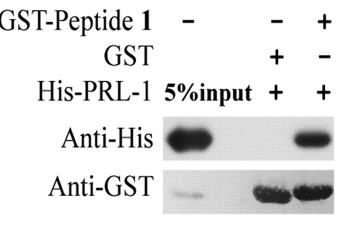 Fig1. In vitro GST pulldown assay verified the interaction between His6-tagged PRL-1 and GST-Peptide 1.
Fig1. In vitro GST pulldown assay verified the interaction between His6-tagged PRL-1 and GST-Peptide 1. -
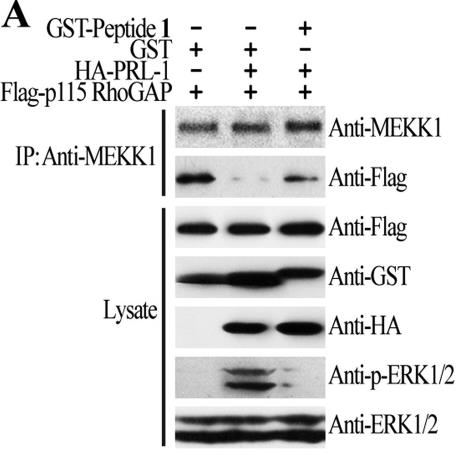 Fig2. PRL-1 activates ERK1/2 by displacing MEKK1 from p115 RhoGAP.
Fig2. PRL-1 activates ERK1/2 by displacing MEKK1 from p115 RhoGAP.
Case Study 2: Ma X. et al. Cells. 2024
Research on Boer and Macheng black crossbred goats, famous for their meat and milk production, shows that prolactin impacts mammary gland growth and milk production. It does so by influencing SNAT1 and SNAT2, which are key amino acid transporters in the process. When SNAT1/2 were either silenced or overexpressed, it became clear that prolactin affects these processes through PRLR-STAT5 signaling. This research helps highlight how prolactin boosts goat milk production by altering specific pathways.-
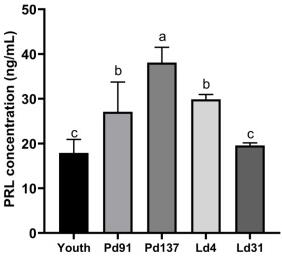 Fig3. Serum PRL concentrations in goats.
Fig3. Serum PRL concentrations in goats. -
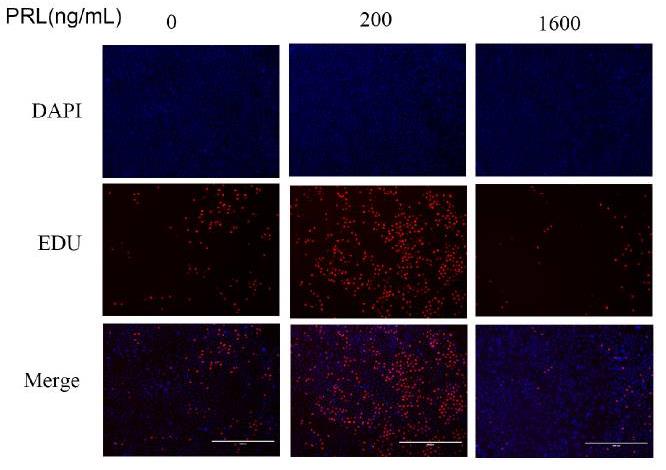 Fig4. GMECs are treated with different concentrations of PRL. Cell viability is determined by EdU assay.
Fig4. GMECs are treated with different concentrations of PRL. Cell viability is determined by EdU assay.
Quality Guarantee
High Purity
-
.jpg) Fig1. SDS-PAGE (PRL-459H)
Fig1. SDS-PAGE (PRL-459H)
-
.jpg) Fig2. SDS-PAGE (PRL-2512H)
Fig2. SDS-PAGE (PRL-2512H)
Involved Pathway
PRL involved in several pathways and played different roles in them. We selected most pathways PRL participated on our site, such as Cytokine-cytokine receptor interaction,Neuroactive ligand-receptor interaction,PIK-Akt signaling pathway, which may be useful for your reference. Also, other proteins which involved in the same pathway with PRL were listed below. Creative BioMart supplied nearly all the proteins listed, you can search them on our site.
| Pathway Name | Pathway Related Protein |
|---|---|
| Jak-STAT signaling pathway | GRB2B,HRAS,GHRA,STAT5B,RAF1A,IL23R,IL4,IL4R,IL28RA,M17 |
| PIK-Akt signaling pathway | FGF2,Il4ra,INS1,IL7,COL27A1,GNG12,LPAR5,MAP2K2,PRKAA1,ITGA8 |
| Prolactin signaling pathway | PIK3R5,PIK3CG,SHC3,STAT5B,FOXO3,GRB2,KRAS,MAPK13,CCND1,SLC2A2 |
| Neuroactive ligand-receptor interaction | PRLRA,FSHB,ADORA3,GABRR3,MTNR1B,DRD2B,NMBR,PTGER2A,MC1R,S1PR3 |
| Cytokine-cytokine receptor interaction | LEP,CD70,TNFRSF10D,IFNB1,IL12A,IL22RA1,IFNGR1,ACKR3B,Ifnlr1,CCL22 |
-
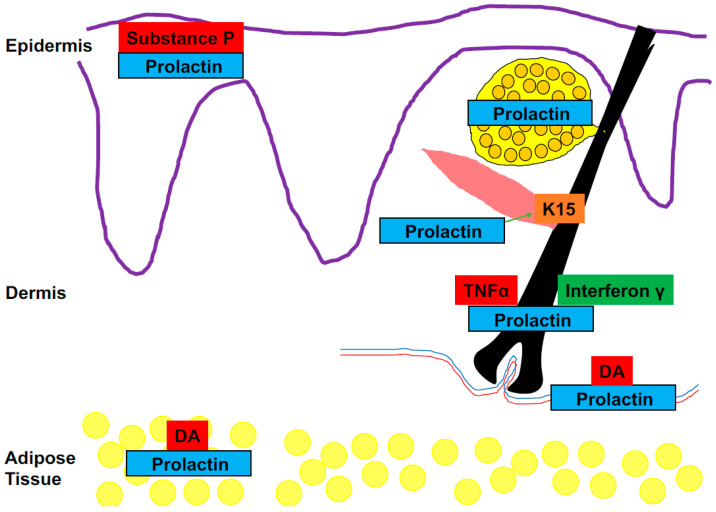 Fig1. Site of prolactin (PRL) expression in the skin. (Ewan A Langan, 2024)
Fig1. Site of prolactin (PRL) expression in the skin. (Ewan A Langan, 2024) -
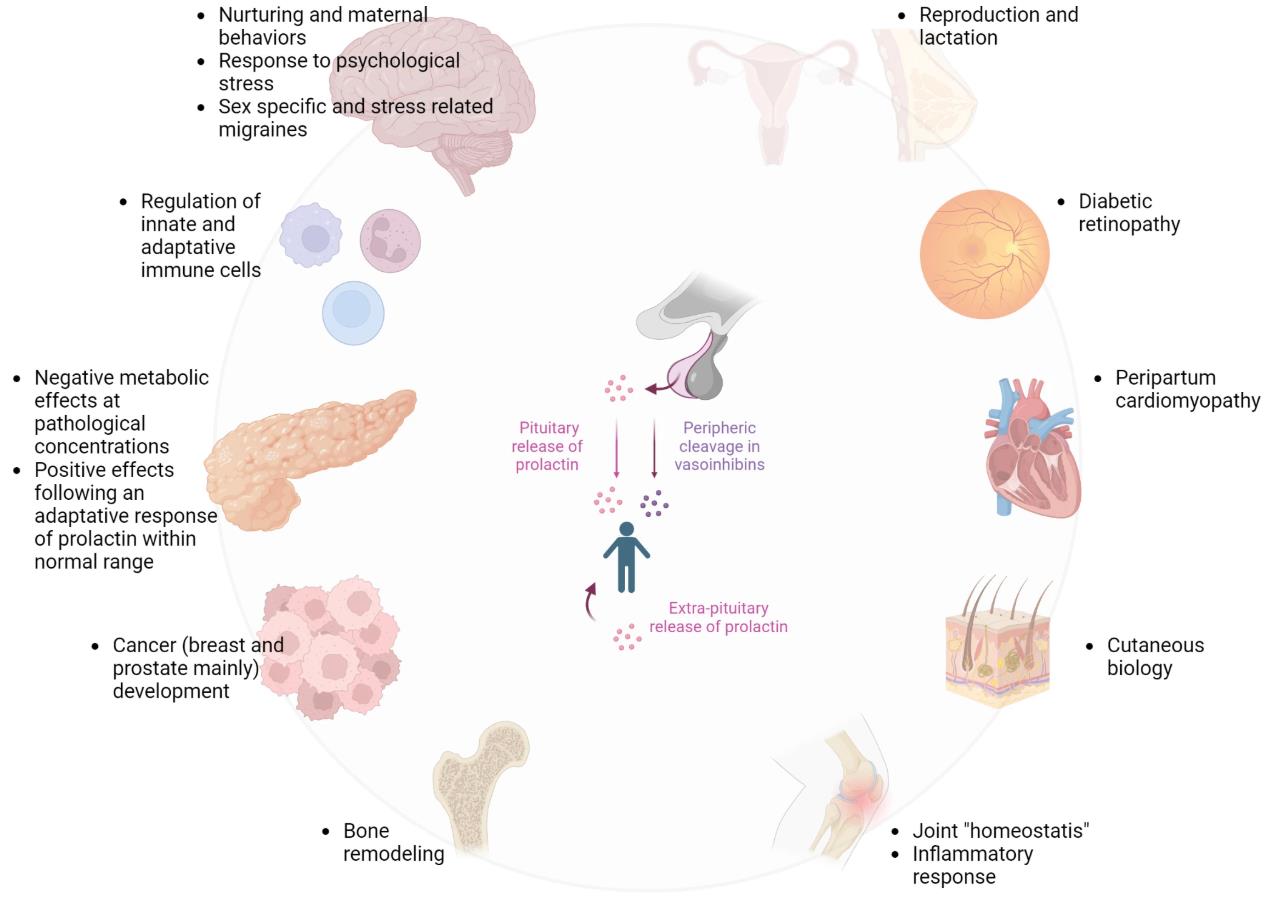 Fig2. Main functions of prolactin. (Fanny Chasseloup, 2024)
Fig2. Main functions of prolactin. (Fanny Chasseloup, 2024)
Protein Function
PRL has several biochemical functions, for example, hormone activity,prolactin receptor binding,protein binding. Some of the functions are cooperated with other proteins, some of the functions could acted by PRL itself. We selected most functions PRL had, and list some proteins which have the same functions with PRL. You can find most of the proteins on our site.
| Function | Related Protein |
|---|---|
| protein binding | PRKAA1,PFDN5,ADRB2,CIC,TTLL6,SEC61B,HNRNPU,RALB,SMAP2,KCNE3 |
| hormone activity | VIP,HAMP,LEP,SST6,UTS1,UCN2,IGF1,SST2,PRL2,NPPC |
| prolactin receptor binding | GH1,HSD17B7,PRL4A1 |
Interacting Protein
PRL has direct interactions with proteins and molecules. Those interactions were detected by several methods such as yeast two hybrid, co-IP, pull-down and so on. We selected proteins and molecules interacted with PRL here. Most of them are supplied by our site. Hope this information will be useful for your research of PRL.
PRLR
Resources
Related Services
Related Products
References
- Kowalewski, MP; Ihle, S; et al. Formation of the early canine CL and the role of prostaglandin E2 (PGE2) in regulation of its function: An in vivo approach. THERIOGENOLOGY 83:1038-1047(2015).
- Kurosaki, M; Kambe, A; et al. Serial 3 T magnetic resonance imaging during cabergoline treatment of macroprolactinomas. NEUROLOGICAL RESEARCH 37:341-346(2015).


